The variability of colored stones even within a single species and variety (as compared to the colorless diamond variety), never mind inter-species, is far greater than that of diamond. Which in turn sometimes means that assuring a particular "ideal" can be more difficult as well.
Cutting yield? 20-25% is generous to begin with if one takes into account how much rough shapes vary. Corundum, for example, can be found in everything from irregularly shaped pebbles, to very commonly tabular flat-as-anything crystals, to the textbook "tapered barrel"/bipyramid and everything in between. It's great if you manage 30%, but in that case you have to start with rough that was already shaped suitably to begin with which is always the exception, not the rule. Most beautifully colored sapphires you'll see come out of a mine will be about as unsuited to cutting shapes as can be, and the vast majority of the global gem industry is well adapted to this in the sense that it is color that is preserved first and foremost, and then yield.
Well made cutting is pretty new in colored gems, and the majority of the global market really just doesn't care about it as much as they do about color and size. And it also doesn't help that good cut doesn't guarantee good color (if anything, it's more often the anathema). In high quality sapphire and ruby - double refractive gems with color zoning, unlike diamond - keeping or losing just a single color centre/concentration makes or breaks a stone. Not to mention stuff like padparadscha, where the entire point is playing around color zoning at the expense of other factors. Take a beautiful vivid royal blue standard cut and give it a sharp, fancy, diamond-like cut - more often than not, you will end up with at least half a tone to a tone less, also possibly with some loss of saturation and "glow".
The mining industry is also nowhere near as developed and nowhere near as well funded, advanced and organized so on the market, they really *are* rarer. Just go on Polygon for example - you can find 5 x 10 ct. D/FL/3EX/N whites in no time flat. Try the same for top of the line blue sapphire, ruby, padparadscha, Mahenge spinel, Paraiba tourmaline or similar in a comparable quality - meaning top color, no zoning, excellent cutting, great clarity etc. Not a chance! Despite all these same thousands of companies listing their inventories in the same place.
There nearly isn't a type of colorless diamond that you cannot find if price is no objection - but the same isn't true for colored gems, particularly when one becomes (unrealistically?) picky. So you get orders like "5 carats each matched pair of royal blues, round brilliant cut, well cut and clean" and the only thing you can do is explain to the person that, for many reasons and unlike with what they are used to in diamonds, that simply isn't doable.
There have been some attempts to scale up mining with all that Gemfields has been doing, but there has also been some strong backlash against it in. Sri Lanka, for example, doesn't even want to hear about the idea because they're (rightly) afraid that a foreign company will come and mine out their natural resources in record time, and put tens of thousands of people out of their jobs when the same industry could support these people for the next 30-40 years like it has for generations (though the resources are depleting faster than before). Protectionist, I guess, but understandable when it comes to rare natural resources. I suppose it isn't much different in other countries - other than the ones which already allowed large-scale extraction like Mozambique, Zambia etc.
Another thing, the scale of business and the companies involved is vastly different. Very, very few companies buy tens or hundreds of millions worth of inventory yearly, while in diamonds there are quite a few by comparison - so naturally the availability is far greater.
Demand, hmmm... Let's put aside the fact that (due to strong diamond marketing or not, irrelevant) diamond demand is far higher than that for colored gems - but despite fast rising demand, colored gemstone production unfortunately hasn't really been following up at all. A lot of reasons here as well, but just look at the way mining is done in all the "top quality gems" places - it's basically total gambling, and there's no widespread effort to make it yield more than last year. Rather than make a mechanised open pit, you pray to your local deity that much harder (and then maybe it rains, maybe it doesn't). It's the way it is in many places in Asia and Africa - mining is sustainable, small scale, artisanal and that doesn't help availability at all.
Many other things to add but the post is getting long (as usual), so...
P.S. EDIT: As someone else mentioned, regarding point 6 - treatments exist precisely because of the rarity/lack of availability of high quality goods.
V.P. summarised it very well:
Cutting yield? 20-25% is generous to begin with if one takes into account how much rough shapes vary. Corundum, for example, can be found in everything from irregularly shaped pebbles, to very commonly tabular flat-as-anything crystals, to the textbook "tapered barrel"/bipyramid and everything in between. It's great if you manage 30%, but in that case you have to start with rough that was already shaped suitably to begin with which is always the exception, not the rule. Most beautifully colored sapphires you'll see come out of a mine will be about as unsuited to cutting shapes as can be, and the vast majority of the global gem industry is well adapted to this in the sense that it is color that is preserved first and foremost, and then yield.
Well made cutting is pretty new in colored gems, and the majority of the global market really just doesn't care about it as much as they do about color and size. And it also doesn't help that good cut doesn't guarantee good color (if anything, it's more often the anathema). In high quality sapphire and ruby - double refractive gems with color zoning, unlike diamond - keeping or losing just a single color centre/concentration makes or breaks a stone. Not to mention stuff like padparadscha, where the entire point is playing around color zoning at the expense of other factors. Take a beautiful vivid royal blue standard cut and give it a sharp, fancy, diamond-like cut - more often than not, you will end up with at least half a tone to a tone less, also possibly with some loss of saturation and "glow".
The mining industry is also nowhere near as developed and nowhere near as well funded, advanced and organized so on the market, they really *are* rarer. Just go on Polygon for example - you can find 5 x 10 ct. D/FL/3EX/N whites in no time flat. Try the same for top of the line blue sapphire, ruby, padparadscha, Mahenge spinel, Paraiba tourmaline or similar in a comparable quality - meaning top color, no zoning, excellent cutting, great clarity etc. Not a chance! Despite all these same thousands of companies listing their inventories in the same place.
There nearly isn't a type of colorless diamond that you cannot find if price is no objection - but the same isn't true for colored gems, particularly when one becomes (unrealistically?) picky. So you get orders like "5 carats each matched pair of royal blues, round brilliant cut, well cut and clean" and the only thing you can do is explain to the person that, for many reasons and unlike with what they are used to in diamonds, that simply isn't doable.
There have been some attempts to scale up mining with all that Gemfields has been doing, but there has also been some strong backlash against it in. Sri Lanka, for example, doesn't even want to hear about the idea because they're (rightly) afraid that a foreign company will come and mine out their natural resources in record time, and put tens of thousands of people out of their jobs when the same industry could support these people for the next 30-40 years like it has for generations (though the resources are depleting faster than before). Protectionist, I guess, but understandable when it comes to rare natural resources. I suppose it isn't much different in other countries - other than the ones which already allowed large-scale extraction like Mozambique, Zambia etc.
Another thing, the scale of business and the companies involved is vastly different. Very, very few companies buy tens or hundreds of millions worth of inventory yearly, while in diamonds there are quite a few by comparison - so naturally the availability is far greater.
Demand, hmmm... Let's put aside the fact that (due to strong diamond marketing or not, irrelevant) diamond demand is far higher than that for colored gems - but despite fast rising demand, colored gemstone production unfortunately hasn't really been following up at all. A lot of reasons here as well, but just look at the way mining is done in all the "top quality gems" places - it's basically total gambling, and there's no widespread effort to make it yield more than last year. Rather than make a mechanised open pit, you pray to your local deity that much harder (and then maybe it rains, maybe it doesn't). It's the way it is in many places in Asia and Africa - mining is sustainable, small scale, artisanal and that doesn't help availability at all.
Many other things to add but the post is getting long (as usual), so...
P.S. EDIT: As someone else mentioned, regarding point 6 - treatments exist precisely because of the rarity/lack of availability of high quality goods.
V.P. summarised it very well:
Last edited:


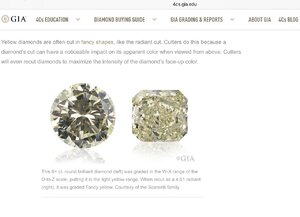



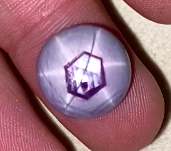
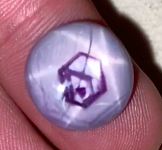
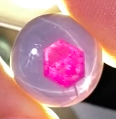
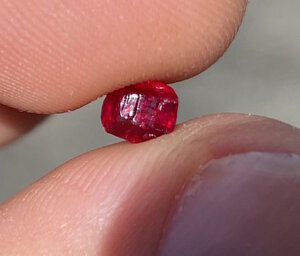
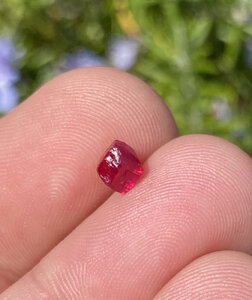
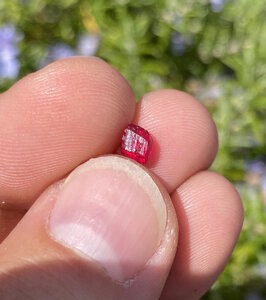
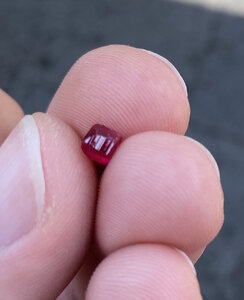

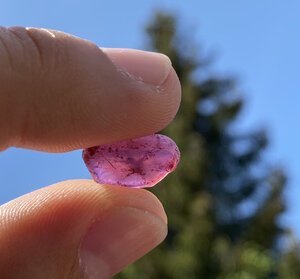


300x240.png)